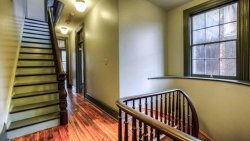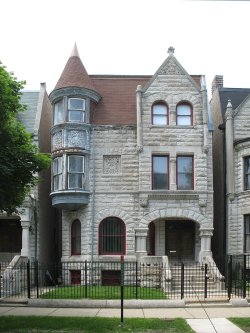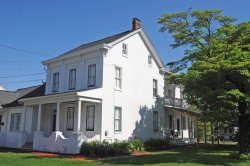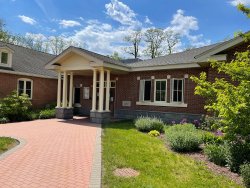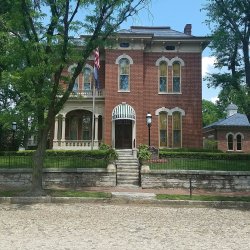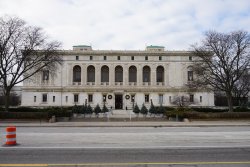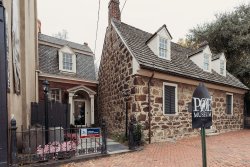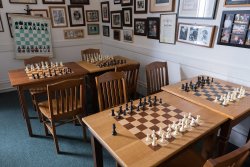Carter G. Woodson Home
Dr. Carter G. Woodson is widely considered “the Father of Black History,” founding the Association for the Study of African American Life and History in 1915, which was headquartered in his home. A prolific historian, journalist, and author, Woodson was one of the first scholars to study the history of the African diaspora, including African American history. In 1926, Woodson pioneered Negro History Week, which would later become Black History Month. His office-home was successfully designated as a National Historic Landmark in 1976. A full renovation project is currently underway.
